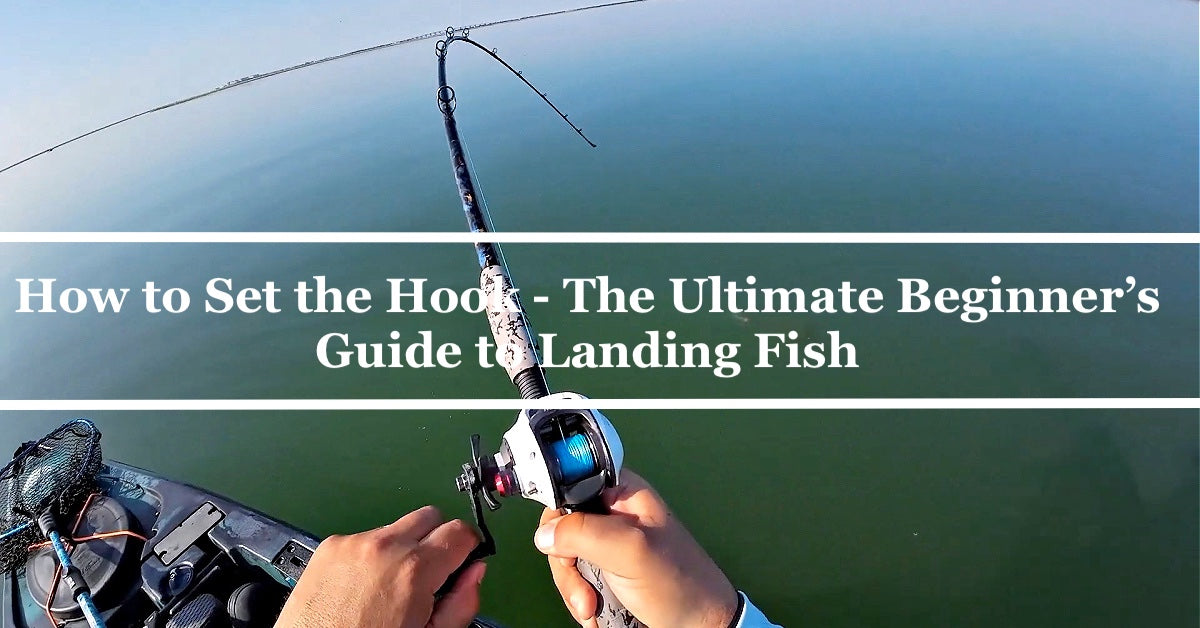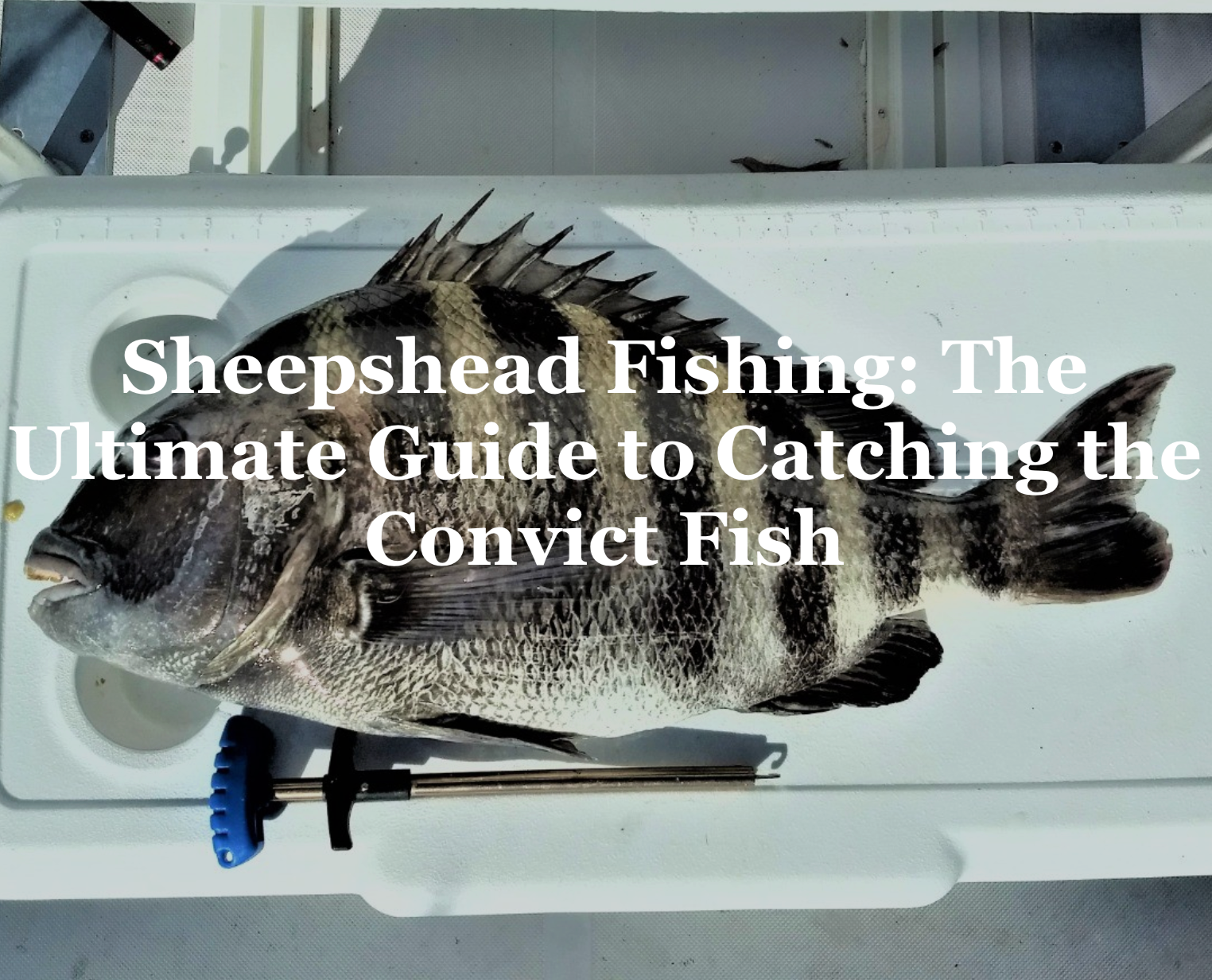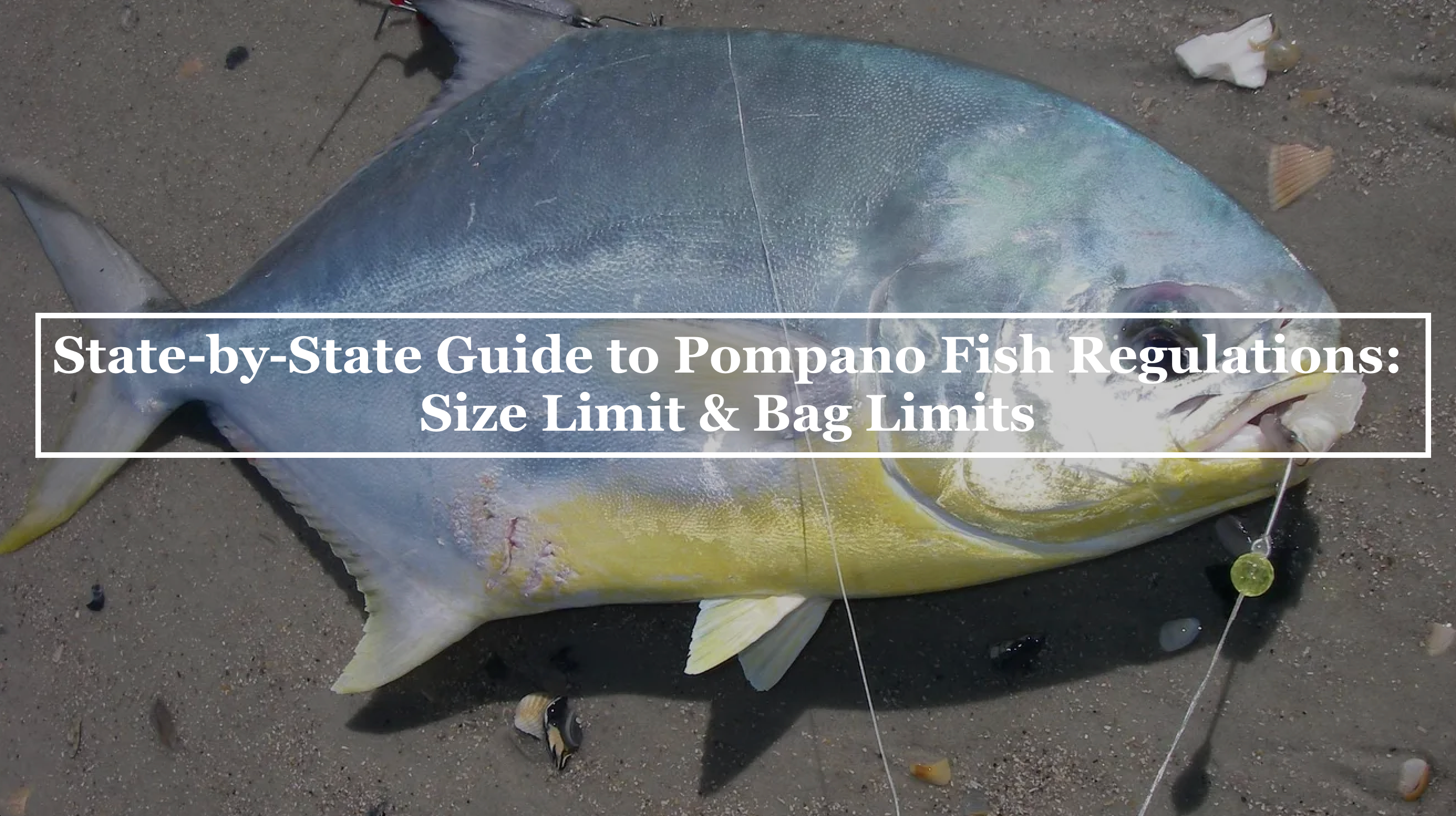Setting the hook stands as the pivotal moment in fishing, transforming a subtle bite into a triumphant catch. For those just starting out, mastering how to set the hook might seem elusive, but with the right approach and a bit of practice, it becomes second nature, elevating every angling experience. This guide explores the art of the hook set, offering beginner fishermen a comprehensive path to success with their fishing rod in hand. Whether you’re working with live bait or artificial lures tied to your fishing line, understanding hook setting techniques ensures that every nibble turns into a fish on the line. From deciphering fish behavior to perfecting your timing, this blog dives deep into the essentials, packed with fishing tips to help you excel at catching fish. Let’s unravel the secrets of setting the hook and get you landing fish like a seasoned angler!
Why Setting the Hook Is Crucial

The hook set serves as the heartbeat of fishing, acting as the critical action that secures a fish once it strikes your bait. Without a solid grasp of how to set the hook, beginners risk losing their catch to missed opportunities or weak connections, leaving them empty-handed despite a promising bite. This skill directly impacts your success rate, whether you’re chasing bass in a quiet lake or battling redfish along the coast. It’s not merely about brute force—timing and sensitivity play equal roles, making it a cornerstone for fishing for beginners. By honing this technique, you ensure that every tug on your fishing line translates into a story worth telling, turning fleeting bites into tangible rewards.
Knowing Your Gear and Bait

Before delving into how to set the hook, it’s vital to understand your tools, starting with the fishing hook and bait selection. A sharp hook forms the foundation—test it by dragging the point across your fingernail to ensure it catches rather than slides, as a dull one weakens your hook set. J-hooks demand an active strike, circle hooks set themselves with a slower pull, and octopus hooks offer versatility for live bait like worms or minnows, each influencing your approach. Pairing the right hook size with your target—smaller #6-10 hooks for panfish or larger 1/0-3/0 for bass—sets you up for success. Similarly, your bait selection shapes the technique: live bait often requires a brief pause before setting, while lures need a quicker response to keep the fish committed. With the right gear in hand, you’re ready to make every hook set count.
Decoding Fish Behavior

Understanding fish behavior sharpens your ability to execute how to set the hook effectively, as different species strike in unique ways. Aggressive feeders like bass or pike hit hard, calling for an immediate and firm reaction to drive the fishing hook into their tough jaws. In contrast, cautious nibblers such as trout or panfish peck tentatively, requiring you to wait a moment before pulling to avoid yanking the bait away too soon. Saltwater species like redfish or snook often inhale their meal, so a slight delay lets the hook settle into place. Watching your fishing line for movement or feeling the rod tip for subtle taps helps you gauge the perfect moment, turning instinct into action and boosting your odds of catching fish.
Perfecting Your Hook Setting Technique

The essence of how to set the hook lies in the technique, and for beginners, two primary methods stand out. With a J-hook or treble hook tied to your fishing rod, a snap set works wonders—once you feel a solid bite, a quick upward flick of the wrist drives the hook home, followed by reeling in any slack to maintain tension. Alternatively, circle hooks paired with live or cut bait call for a sweeping motion: after sensing the strike, a smooth sideways pull lets the hook glide naturally into the fish’s mouth corner without a hard jerk. Both approaches rely on timing and feel, and practicing these hook setting techniques with a weight on dry land can build the muscle memory needed for success on the water.
Leveraging Your Rod and Line
Your fishing rod and fishing line amplify the power of your hook set, so using them correctly is key. A medium-action rod strikes a balance—flexible enough to absorb a fish’s fight yet firm enough to deliver a strong pull—making it ideal for fishing for beginners. Fast-action rods, with their stiffer tips, offer quicker sets for aggressive species, while the fishing line needs careful management: too much slack dulls your strike, and too much tension might spook the fish before you act. Keeping the line taut with a 6-10 lb test for freshwater or 15-20 lb for saltwater ensures your rod tip connects instantly when it’s time to set, giving you control over every bite.
Timing the Perfect Hook Set

Timing defines how to set the hook, and getting it right separates a catch from a miss. With live bait, a brief 1-2 second pause after the bite lets the fish take it fully, setting the stage for a firm pull. Lures demand a faster reaction—set on the first solid tap, as fish often spit artificials quickly. Visual cues like a diving bobber or a sideways-moving line signal the moment to strike, while repeated nibbles from cautious fish suggest waiting for a committed bite. Tuning into fish behavior here is critical, and with practice, you’ll sense when to act, making catching fish feel instinctive.
Avoiding Hook Setting Pitfalls
Beginners often stumble when learning how to set the hook, but recognizing common mistakes keeps you on track. Setting too hard can rip the hook from soft-mouthed fish like crappie, so a controlled pull tailored to the fish’s size works better than brute force. Striking too soon at every twitch risks pulling bait away prematurely, while a slack fishing line saps the power of your hook set, letting fish slip free. Staying mindful of these traps—practicing moderation and maintaining line tension—turns potential frustrations into learning moments, especially for fishing for beginners.
Practicing Like a Pro

Mastering how to set the hook demands practice, and a little effort goes a long way. Tying a weight to your line and rehearsing snap or sweep motions at home builds confidence in how your fishing rod loads up with each strike. Taking it to the water—fishing open ponds or docks—lets you test timing against real bites without battling snags. Each missed fish offers a lesson: if they escape, adjust your delay or force until the hook set feels solid, and soon, you’ll land more than you lose.
Adapting to Your Fishing Style
Your setup influences how to set the hook, and adapting to it maximizes results. A spinning rod thrives with a quick snap set, leveraging its light build for instant response, while baitcasting rigs pair well with a slightly slower, firm pull to match their precision. In fly fishing, a gentle sweep protects delicate tippets from snapping under pressure. Your bait selection and rod choice guide the motion, ensuring every strike aligns with your gear for a seamless catch.
Top Tips for Setting a Hook

A few fishing tips elevate your hook set game: staying alert keeps you locked on your line or rod tip, avoiding missed bites from distraction, and a solid set should feel firm—reel immediately to confirm the hookup. Regularly checking your fishing hook for sharpness and your fishing line for stretch ensures nothing undermines your effort, giving you the edge every time.
The Joy of a Perfect Hook Set
Nailing how to set the hook isn’t just about technique—it’s the rush of turning a bite into a battle won. For fishing for beginners, it’s the confidence boost that hooks you on the sport, banishing tales of lost fish. With a sharp fishing hook, a tuned fishing rod, and refined hook setting techniques, you’re equipped to land anything that strikes. Head to the water, feel that tug, and set the hook—your next catch awaits!






Share:
How to Cast: The Ultimate Guide for Beginner Fishermen
How to Set the Drag: A Beginner’s Guide to Mastering Your Fishing Reel